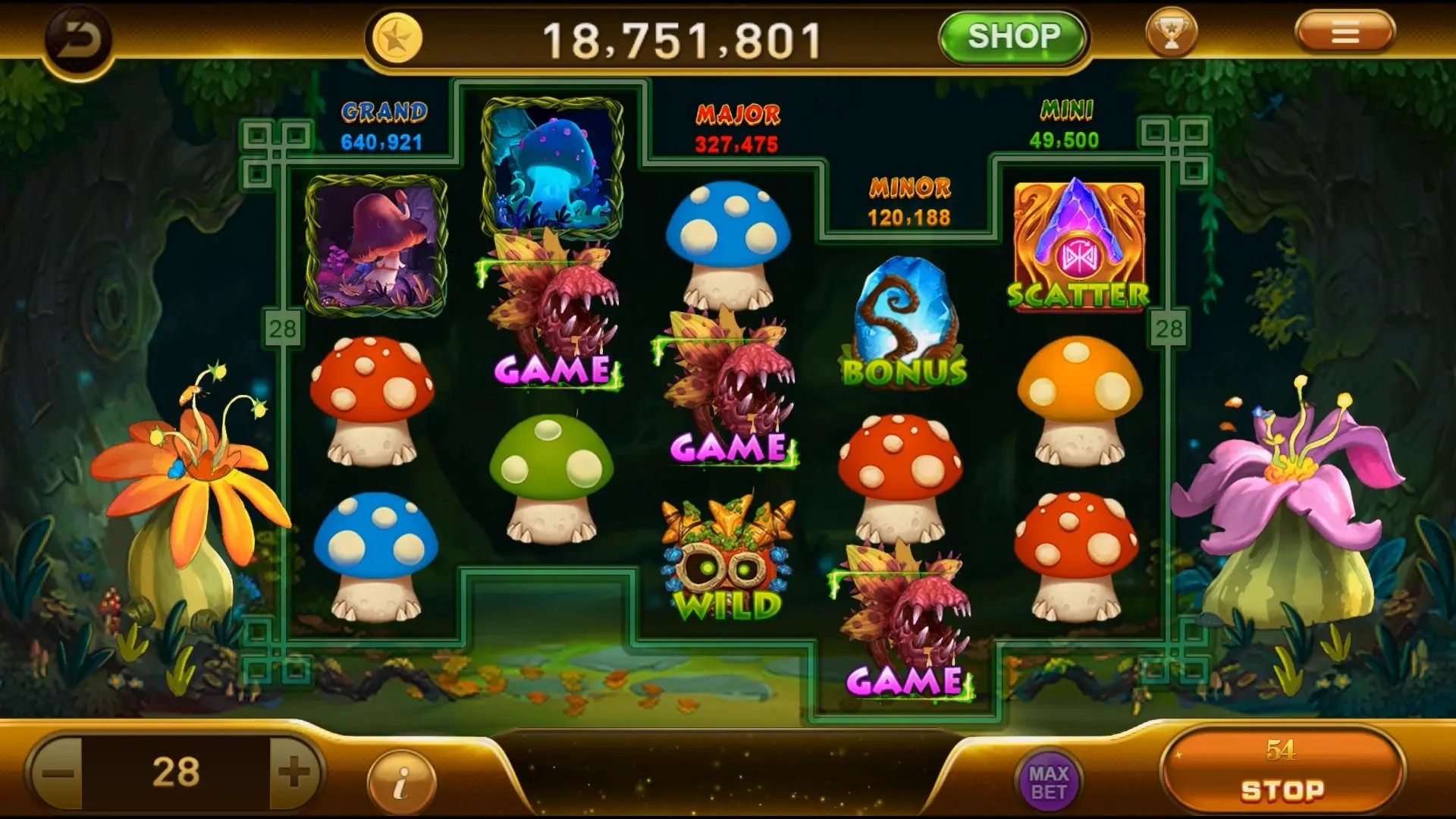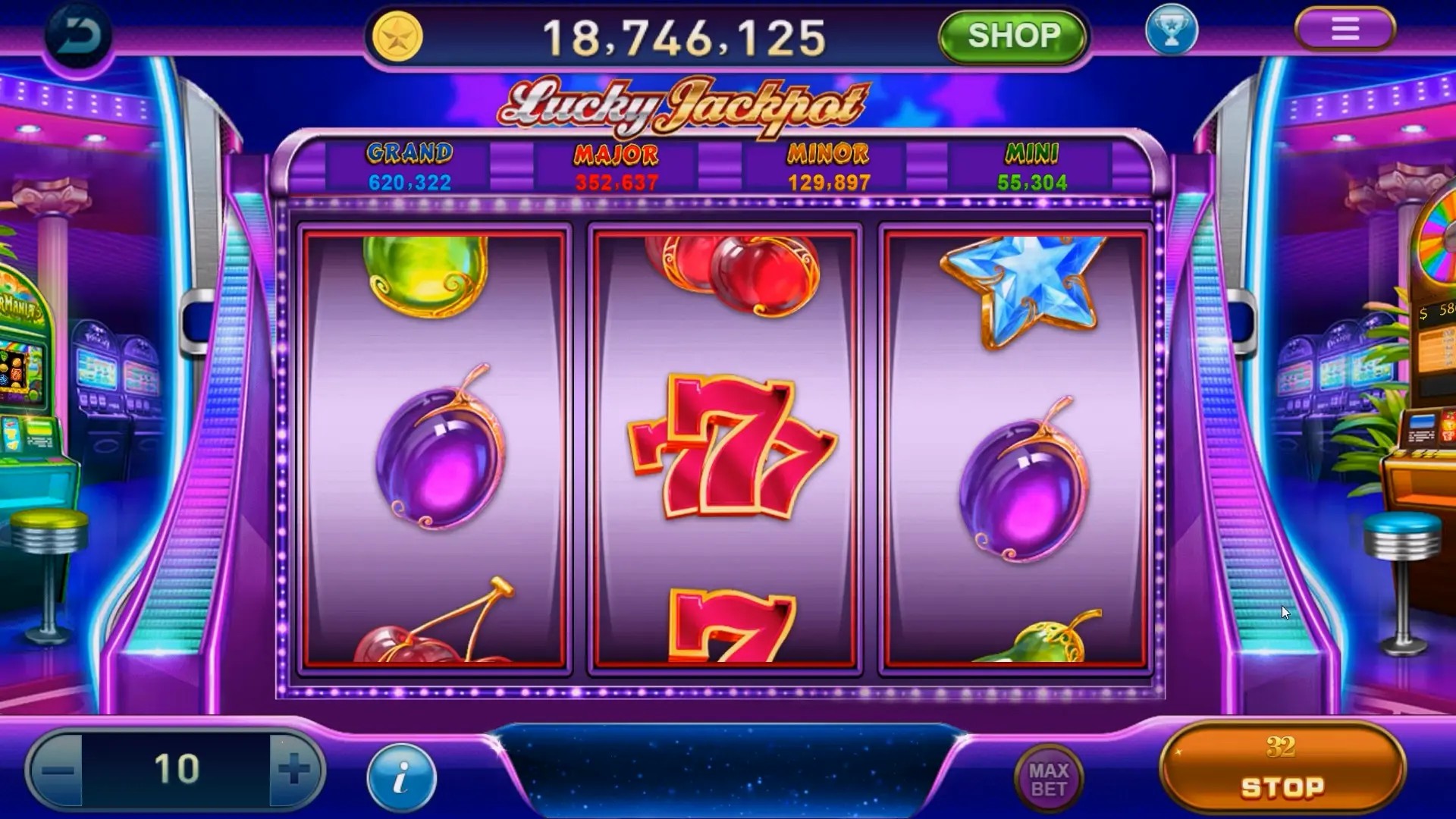Unlock Learning Fun: How Casual Games Are Paving the Way for Engaging Educational Games
Introduction
In the ever-evolving landscape of gaming, casual games have emerged as a significant trend. These games, notable for their accessibility and engaging nature, are not just pushing entertainment boundaries but are also paving the way for the development of educational games. This article delves into the intricacies of this relationship and explores how casual gaming dynamics can be applied effectively to educational settings. Let's analyze more about how this revolution is transforming learning.
The Rise of Casual Games
Casual games are characterized by their easy-to-understand mechanics and short play sessions. With the advent of smartphones, these games have gained immense popularity, capturing the attention of a wide demographic, from teenagers to adults. The simple, yet captivating nature of these games keeps players coming back for more. Understanding this phenomenon is vital for educators looking to enhance learning through gaming.
What Are Educational Games?
Educational games are designed to not only entertain but also impart knowledge or skills. They aim to blend learning with play, fostering a sense of engagement that traditional educational methods often lack. With advancements in technology, these games have evolved significantly, incorporating various learning theories and methodologies to maximize their impact.
Connection Between Casual Games and Educational Games
The overlap between casual games and educational games is growing. Casual games, by nature, are designed to be engaging and addictive, qualities that can greatly enhance educational games. Educators have noticed that when learning is enjoyable, students are more likely to retain information. This blend of fun and learning is crucial for cognitive development.
Key Elements of Successful Educational Games
- Interactivity: Engaging users through interactivity can elevate the learning experience.
- Feedback Mechanisms: Immediate feedback from games helps learners understand their mistakes and learn from them.
- Progress Tracking: Keeping track of learner's progress encourages continuous engagement.
- Real-world Relevance: Games that mirror real-life situations can significantly enhance learning experiences.
How Casual Games Enhance Engagement in Learning
Using elements from casual games can increase the efficacy of educational games. Here’s how:
- Short Sessions: Casual games usually involve short playdown, making it easy for learners to engage without feeling overwhelmed.
- Goal-Oriented Play: Set clear goals to keep students motivated.
- Rewards and Challenges: Incorporate elements of rewards to encourage participation and competition.
Case Study: Magic Kingdoms Game
Take the example of Magic Kingdoms Game, which beautifully merges elements of casual gaming with educational aspects. Players learn about strategy while managing resources and making decisions. This game is designed to captivate users while subtly embedding educational components related to history and teamwork.
PS4 RPG Games: A Multifaceted Learning Tool
Many PS4 RPG games multiplayer also offer rich narratives and complex problem-solving opportunities, showcasing how gaming can function as a multifaceted learning tool. These types of games often require players to work collaboratively, enhancing not only their cognitive skills but also soft skills such as teamwork and communication.
Benefits of Integrating Casual Games in Education
| Benefit | Description |
|---|---|
| Enhanced motivation | Casual games can inspire learners to engage more fully with the material. |
| Adaptable learning pace | Students can learn at their own speed, returning to concepts as needed. |
| Collaborative learning | Many casual games promote teamwork, fostering a collaborative environment. |
Challenges of Implementing Casual Games in Education
While the benefits are significant, there are also challenges worth considering. Not all casual games have educational value, and the effectiveness of such games can vary widely. Finding the right balance between entertainment and education is crucial. Additionally, there are concerns over excessive screen time, which could detract from traditional learning methods.
The Future of Educational Games
The future looks promising as technological advancements continue to influence how we approach education. With developers focusing on creating educational games that are both fun and informative, the trend will likely grow. This opens up endless possibilities for improving how knowledge is imparted in academic settings.
Conclusion
In summary, the marriage between casual games and educational initiatives holds great promise for the future of learning. By understanding and leveraging the principles that make casual games engaging, we can create educational games that inspire curiosity and foster a love of learning. As we continue to innovate, it's essential to keep learners' needs at the forefront of these developments. With careful implementation, the fusion of play and education could very well redefine the way we approach learning.



